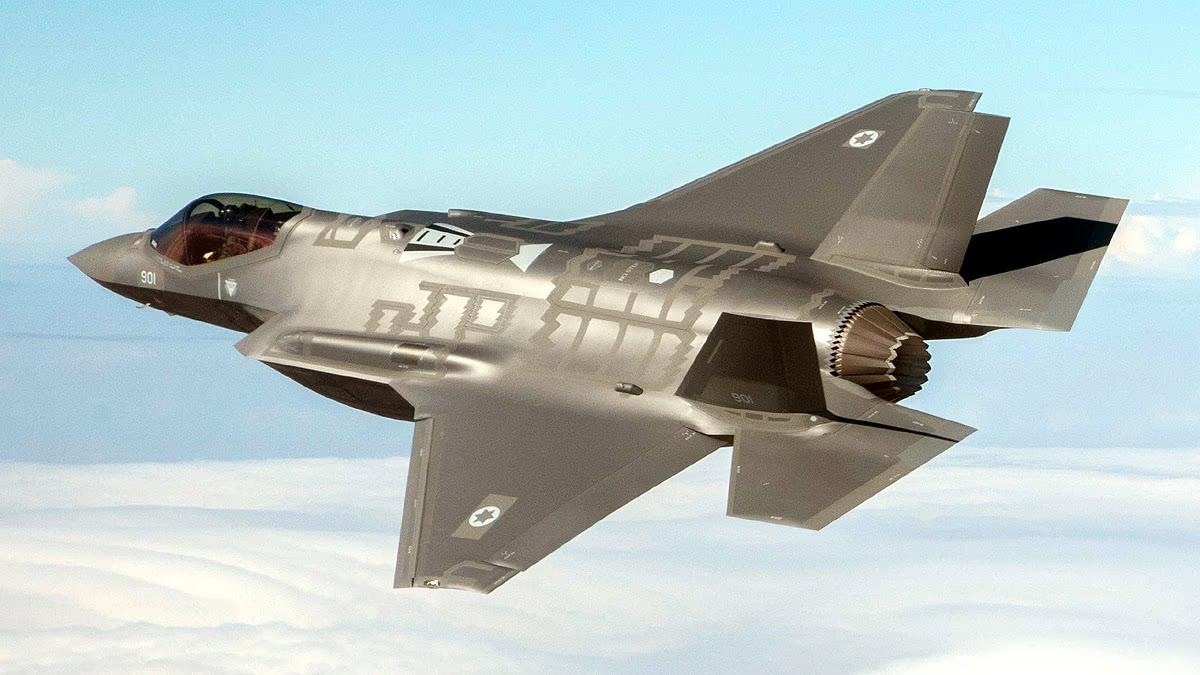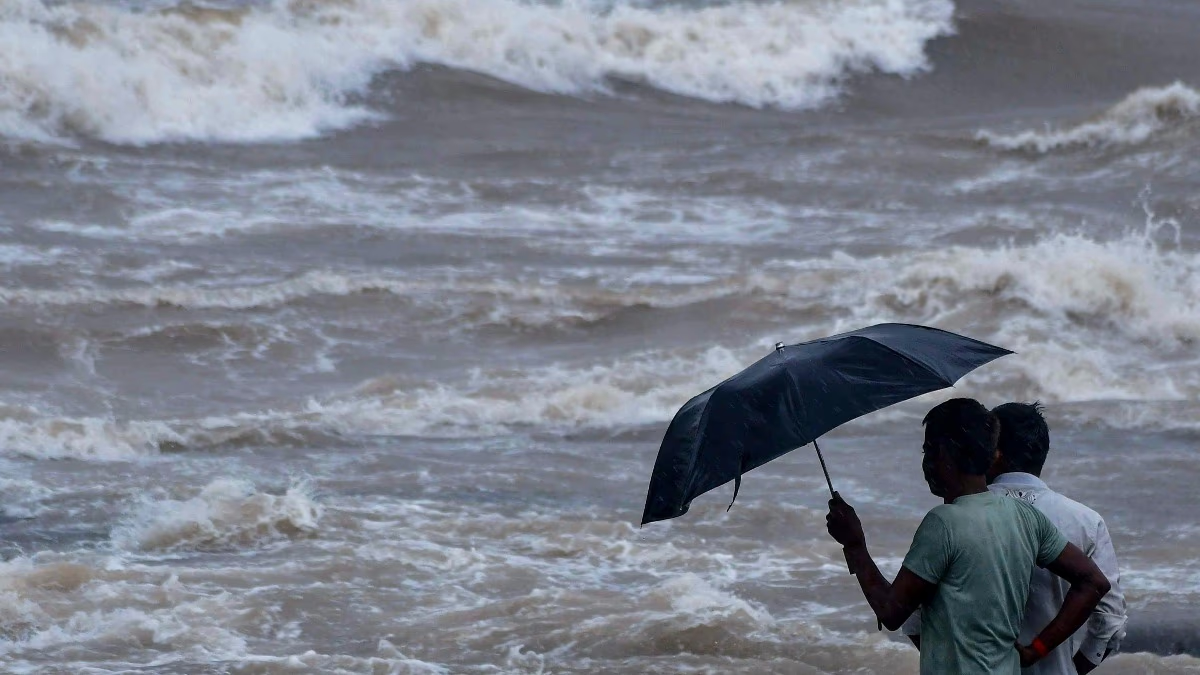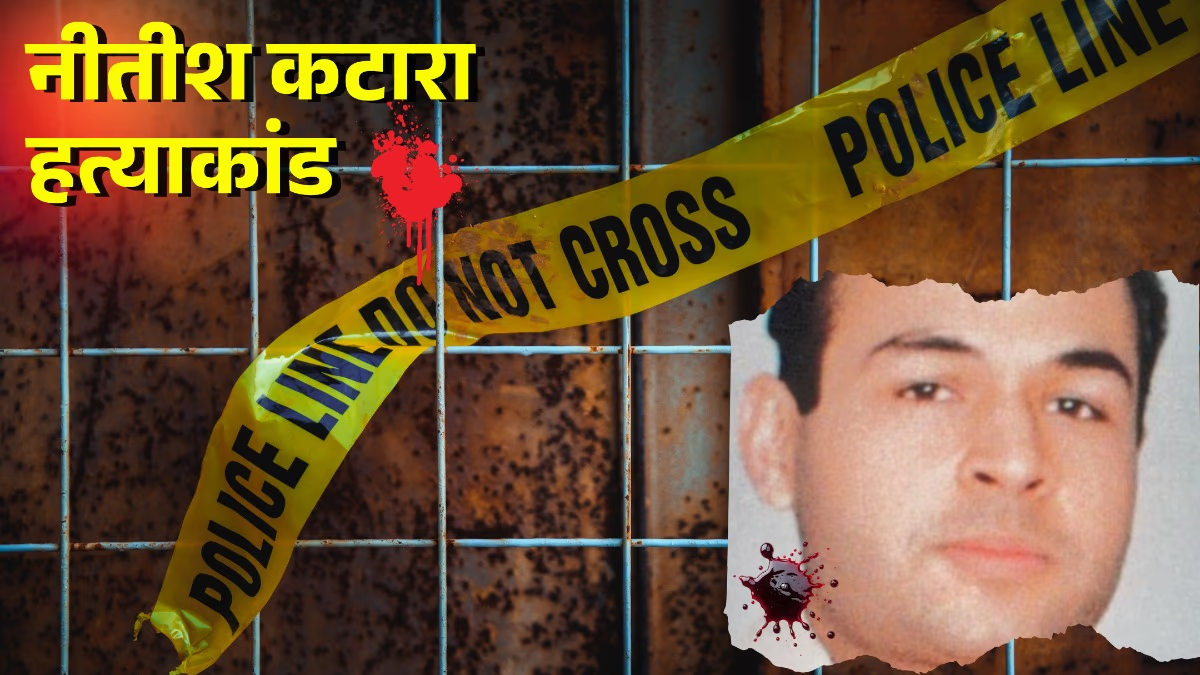Israel conducted a long-distance operation, striking deep within Iran from 2000 kilometers away. Utilizing the latest F-35, F-15C/D Eagle, and F-16I Sufa fighter jets, precision attacks were made. The targets were Iran's military infrastructures, like weapon depots, communication centers, military commands, and radar centers. With radars down, Iran faces blind spots in its aerial defenses.
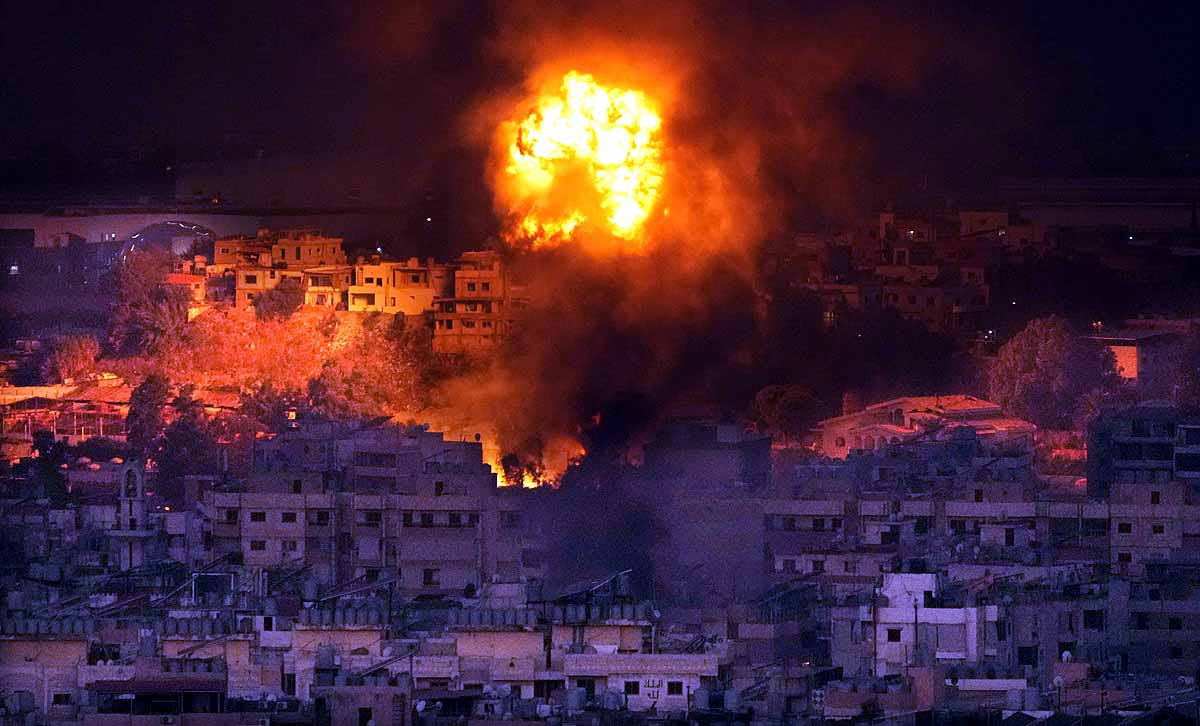
Source: aajtak
This compromise grants Israel a strategic advantage for potential future attacks. Similar assaults were executed on Iranian radars located in Syria, followed by airstrikes in Tehran and Karaj. Collectively, over 100 fighter jets were mobilized by Israel. Post-attack, Israel remains vigilant of retaliatory actions from Iran and its affiliated terrorist factions, hence being perpetually on high alert. Unpacking how Israel meticulously orchestrated this complex strategy...
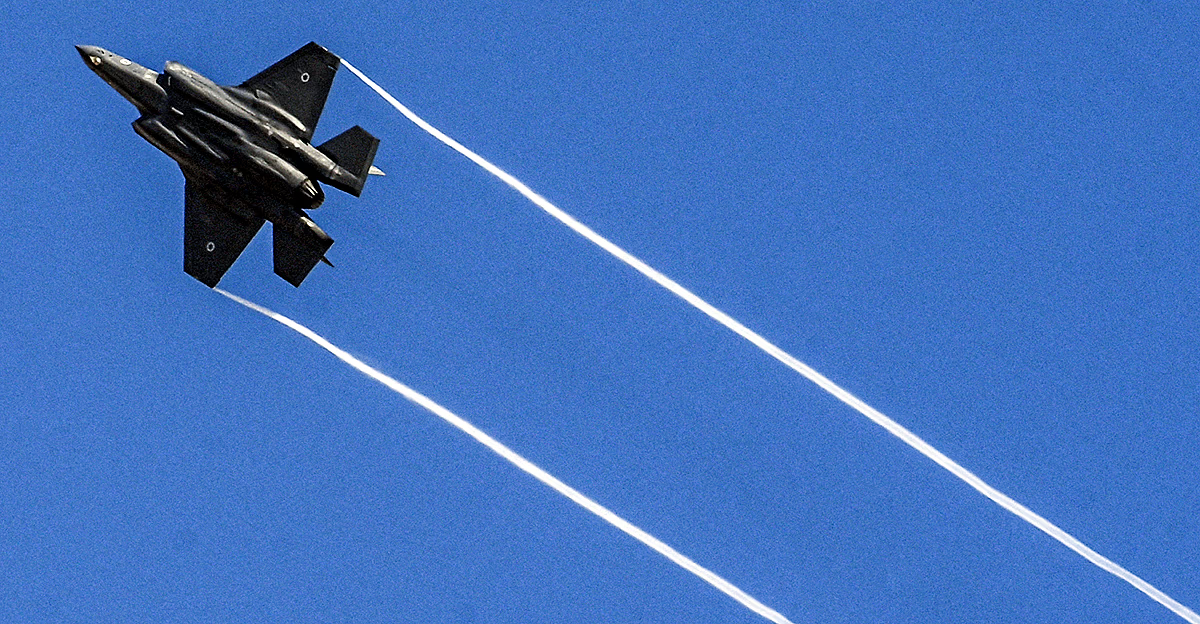
Source: aajtak
The primary focus was Tehran and Karaj cities
Israel's massive aerial deployment began from various bases, introducing advanced F-35 Lightning 2 stealth fighter jets, also known as 'Adir.' These were pivotal in the strategy due to their radar invisibility. Tehran and Karaj were the operation's main focal points; these regions held the military installations targeted in the attacks.
The first targets were radar and air defense systems
Targets were around 2000 kilometers away from Israel, with the primary offensive aimed at destroying radar and air defense systems. Israel executed this flawlessly, showcasing impeccable coordination and crippling Syrian and Iranian radar and air defenses in harmony.
Refueling aircraft and rescue teams were prepared
Throughout the mission, Israel stationed refueling planes and the elite 669 rescue units in high-alert status to provide immediate support if needed, ensuring fuel resupply and rapid response to any incident, thereby maximizing operational efficiency and safeguarding personnel.
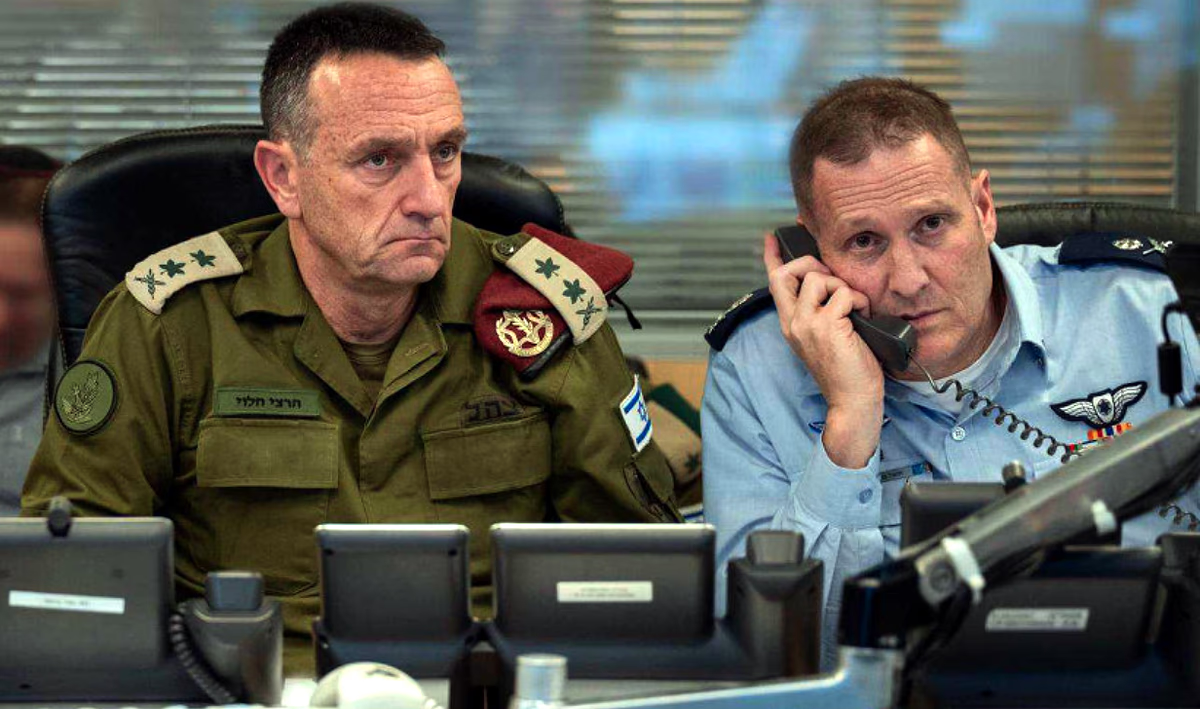
Source: aajtak
Defense Minister Gallant personally oversaw the operation
Israeli Defense Minister Yoav Gallant and Chief of Staff Lieutenant General Herzi Halevi spearheaded the operation personally. They were stationed at the Kirya base in Tel Aviv, closely monitoring the entire execution. Israeli Defense Forces spokesperson Rear Admiral Daniel Hagari stated that Israeli forces are comprehensively prepared for both offensive and defensive maneuvers. Vigilant surveillance over Iran, Iraq, Yemen, Syria, and Lebanon reinforces their strategic intent.
